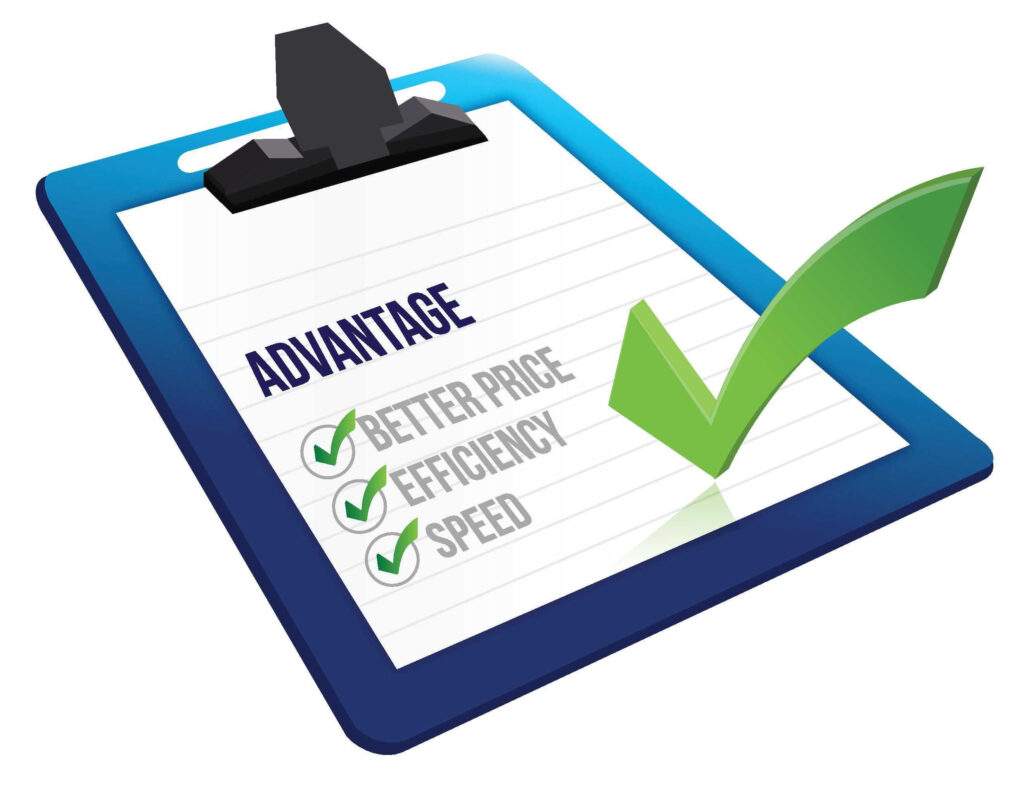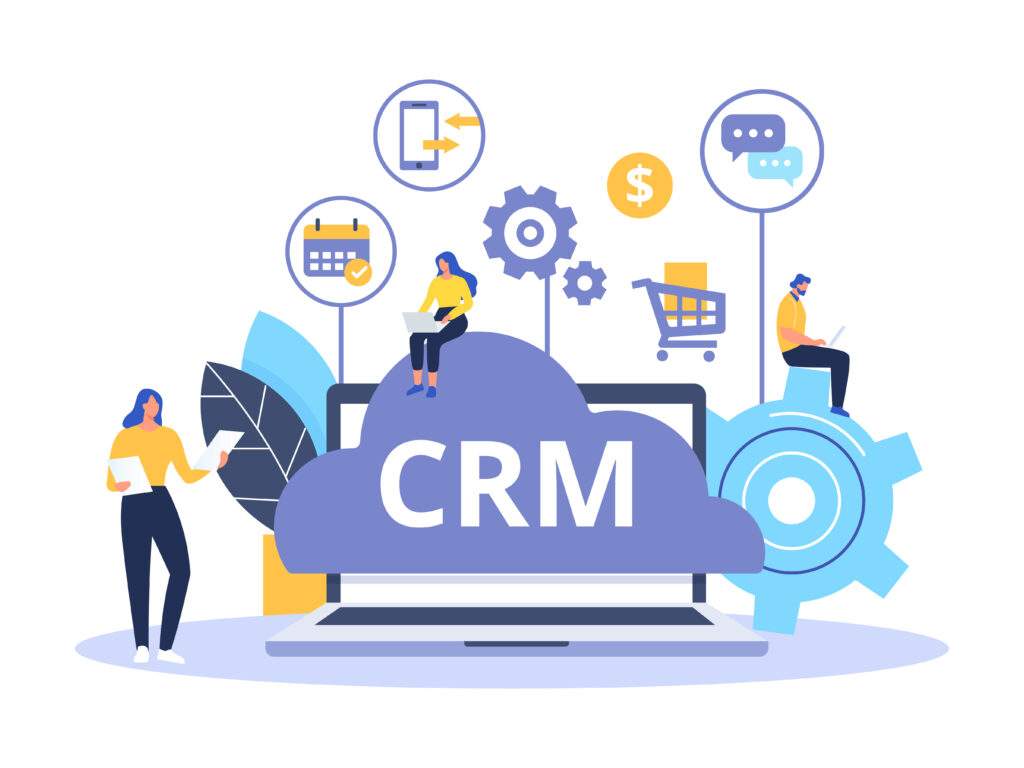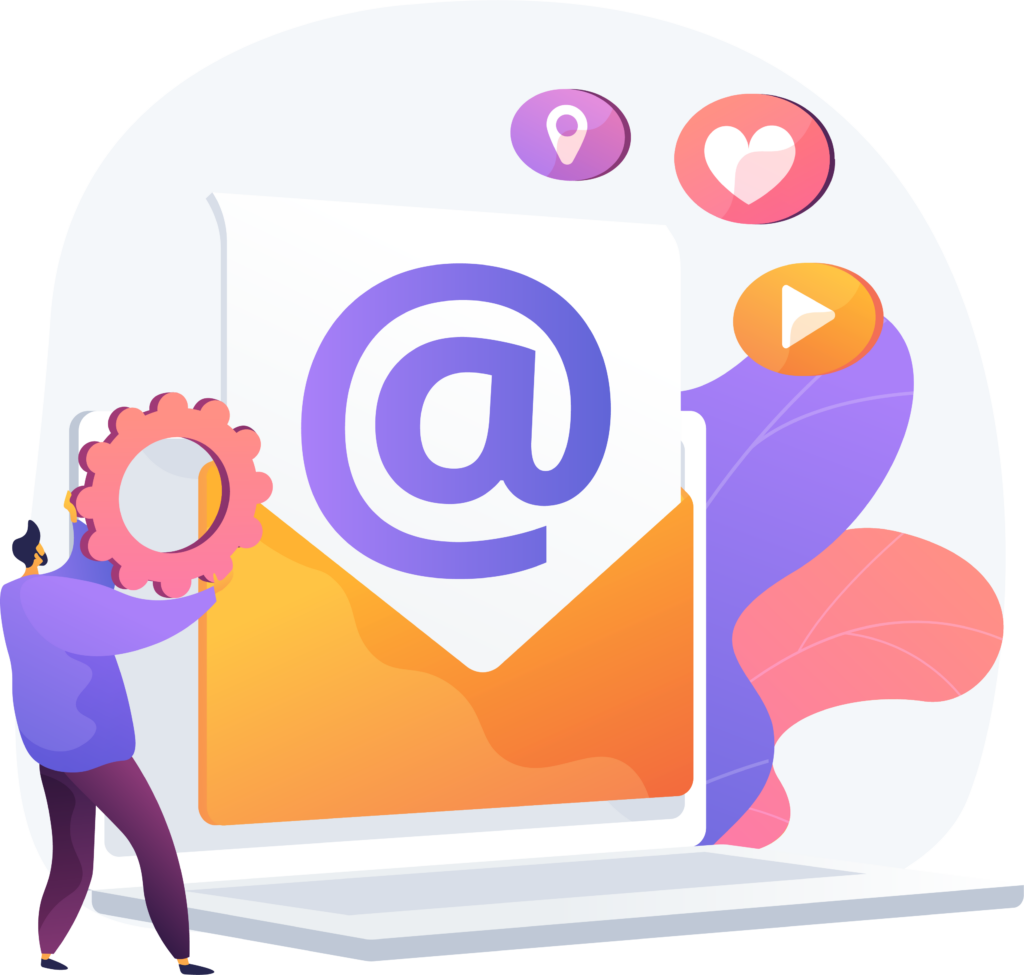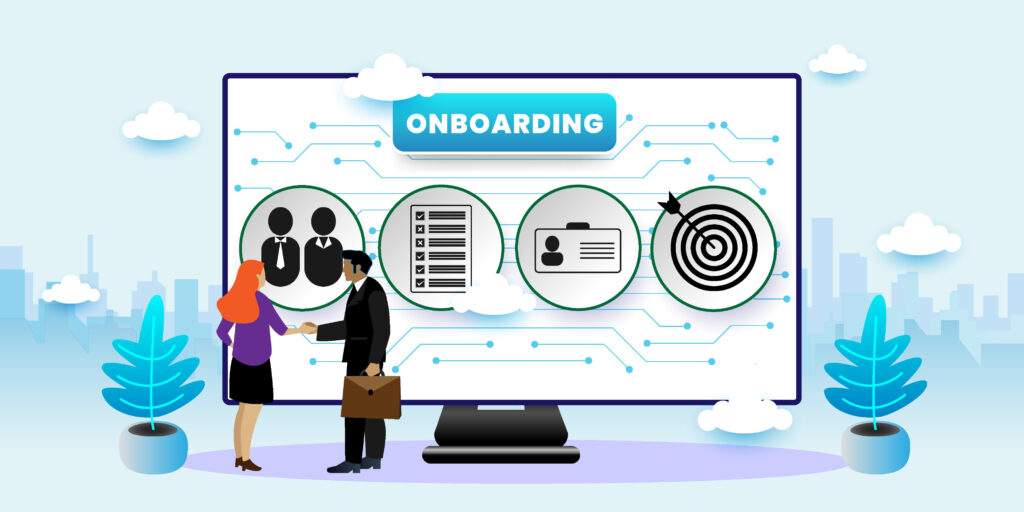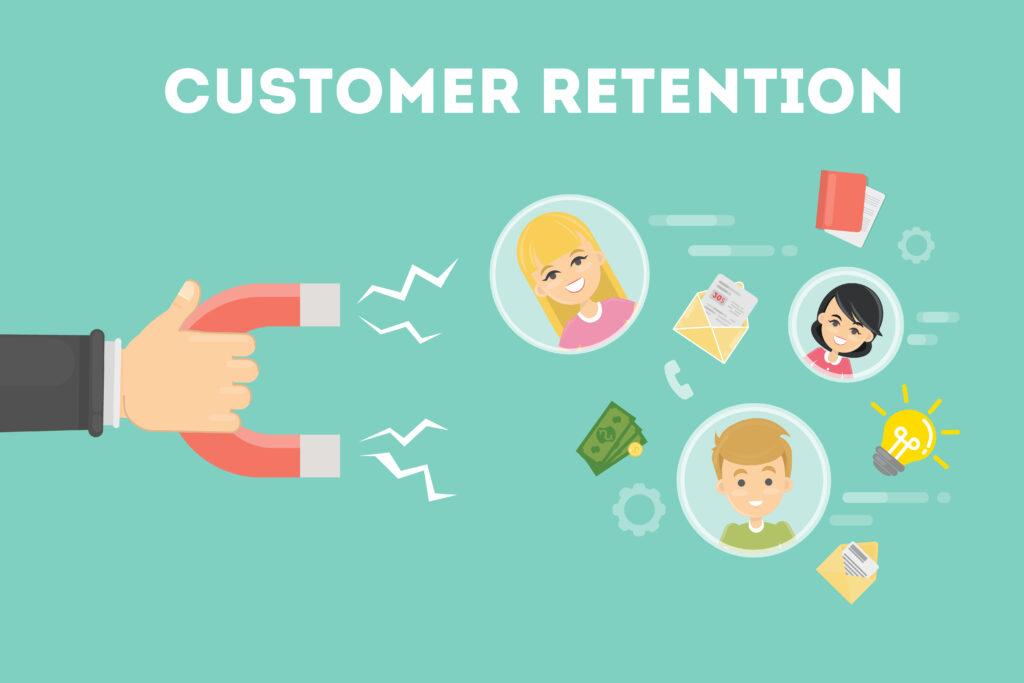Work flexibility can save businesses thousands of dollars yearly, increase employee satisfaction and improve the customer experience. Workplace policies like flexible scheduling and remote positions have tangible benefits that revolutionize jobs. What are some of the top benefits of flexible employment and why should companies embrace them?
Higher Productivity
Work flexibility can significantly improve productivity by empowering employees to build a schedule that works for them. Everyone has different times when they work more efficiently throughout the day. Some people perform best early in the morning, while others are more productive at night.
A flexible schedule policy allows everyone to work at a time when they will be at their most productive. It also reduces distractions and stress from doctor’s appointments and family commitments. Employees can more easily take care of these things if needed and better focus when working.
Additionally, some employees are more productive outside an office environment. For example, people with ADD, ADHD or OCD may find offices distracting and stressful. Working from home affords more peace and efficiency.
Work-Life Balance
Work flexibility is transformative for work-life balance. It allows employees to save time on commutes, adapt to needs in their personal lives and spend more time with their families. A flexible arrangement is among the top three factors influencing job-seekers’ employment choices today.
Employees with some say in their hours and job location can build a schedule that works for them. It allows them to get the most out of their day at home and work. As a result, they can take care of important personal matters without negatively impacting their jobs.
Flexible work policies are especially helpful for families. Many schools now allow hybrid learning arrangements, which means parents must be home while their children attend class remotely during the day. Hybrid and remote options give people the needed flexibility for situations like this, as well as everyday family matters like activity schedules and sick days.
Increased Employee Loyalty and Engagement
Retaining top talent requires creating an environment that supports employees’ needs. Work flexibility shows that a business cares about its workers’ health, time and work-life balance. It also builds the foundation for mutual trust between company leaders and employees.
Workplace flexibility has a real impact on employees’ success, as well. It improves engagement by allowing them to build a schedule optimized for their peak productivity, which results in higher-quality work. For example, research shows that financial businesses that used flexible policies improved service quality by 23% due to higher engagement.
Flexible work builds trust and support for employees, encouraging top talent to stay. It also results in higher engagement on the job, creating tangible benefits for businesses and their customers.
Improved Health and Wellness
Employees are less likely to let serious health and wellness issues go unresolved when they have a more flexible schedule. Most doctors’ offices are only open during the week, so employees may be reluctant to take time off to schedule an appointment when needed.
Work flexibility lets employees shift their hours or projects to make time for self-care and doctor’s visits. Flexible schedules and remote work options also allow more time for wellness activities like jogging and yoga. As a result, people can take better care of themselves, improve their performance at work and reduce sick days.
More Diverse Teams
Work flexibility can open up new hiring possibilities. Remote and hybrid environments allow businesses to recruit from a larger geographic talent pool. As a result, they can find employees they might not have met otherwise.
Businesses can build more diverse, high-talent teams when their work environment is accessible to more people. Flexible hours and location make a job more appealing and functional for a larger number of employees. These workplaces can build more diverse teams, powering creativity and a better customer experience.
It’s also worth considering the needs of employees with mobility challenges. People with limited mobility or access to transportation are often highly talented but may have more difficulty getting to offices. Flexibility for remote work increases workplace accessibility for these employees.
Lower Energy and Real Estate Costs
Businesses worldwide spend thousands or even millions of dollars annually on office-related expenses. A remote or hybrid work environment reduces the need for large office spaces. Companies can significantly reduce their costs by adopting more flexible arrangements.
Research shows hybrid work can save tens of thousands of dollars yearly on office real estate and operating expenses. A work flexibility policy means the building doesn’t need to support every employee simultaneously. Businesses can rent smaller office spaces and purchase fewer desks and equipment.
Additionally, businesses can lower their office utility expenses by allowing employees to work partly or fully remotely. Smaller buildings use less electricity to begin with, but hybrid employers can also schedule “dark office days” when everyone works remotely.
Both options lead to major cost savings on electricity, HVAC, internet and more. Less utility consumption also reduces carbon emissions, which helps build a good environmental, social and governance (ESG) profile and supports workplace sustainability. This is especially appealing to eco-conscious employees and customers and can improve your reputation as a green company.
The Transformative Benefits of Work Flexibility
A flexible work environment supports employee wellness, improves productivity, increases engagement, expands the hiring pool and reduces office expenses. Flexible hours and locations can make a monumental difference in the worker experience with tangible business gains. When people have the support to do their best work, customers receive the highest quality service and products possible.








